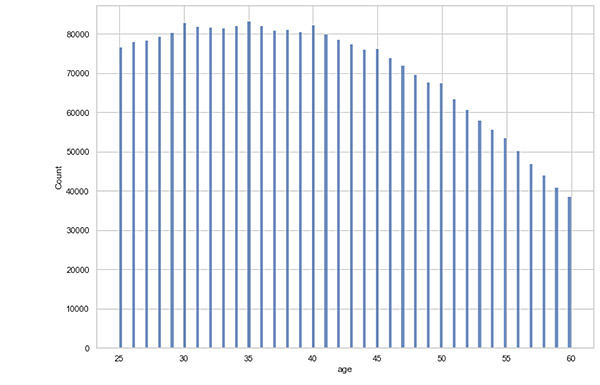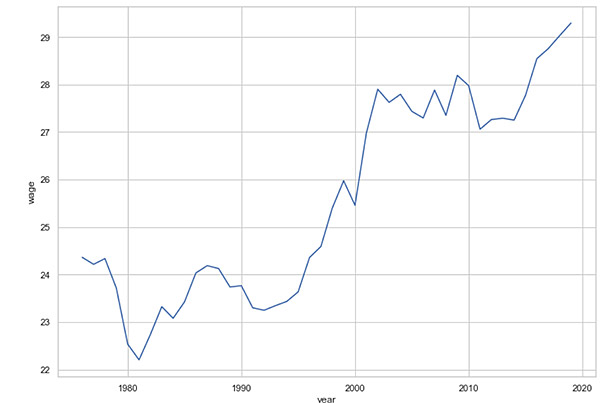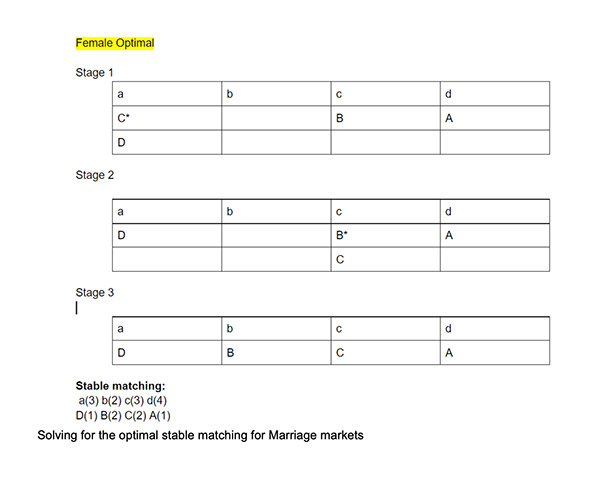Emily Jung attended a 3-week course in Economics at the University of Chicago’s Pathways program. The course, taught via Zoom sessions, was an introduction to rigorous Chicago-style economics, where students learned about four critical fields of economics: price theory, game theory, experimental economics, and macroeconomics.
“In class, my lecturer introduced the new topics to cover for that day and provided economic analysis from a neoclassical economic perspective. For instance, the neoclassical theory states that economic growth is the result of three factors: labor, capital, and technology. The economy may have limited resources in capital and labor, yet there are boundless contributions that technology can contribute to economic growth,” Emily says.
“Another theory covered was Keynesian economics, a macroeconomic theory of total spending of the economy and its effects on employment, inflation, and output. My lecturer explained how it is hard to explain applied this theory in pro-cyclical average labor productivity, a positive impact on labor productivity. I liked learning how the theories were applied to examples in real life as it differed from learning it from texts in high school,” Emily adds.
The course taught students to think critically using different approaches to economic research and experimentation.
“All the lecturers introduced and encouraged us to think like an economist: conceptualize ideas into models, test the implications of these models by creating an experiment and study a wide range of socio-economic problems,” Emily explains.
“While all the topics taught by the lecturers were intriguing and insightful, I personally enjoyed learning about the marriage market and stable matching during the first week the most. Using the Gale-Shapley algorithm, the stable marriage problem considers if the given scenario has stable matching, perfect matching with no unstable pairs. A matching is stable if no man and woman would prefer to be matched to each other over their current partner. Although it was a new topic, the algorithm was rather easy to learn once the pattern becomes familiar. When solving a stable matching problem, I was amused by the pattern of the Gale-Shapley algorithm as it seemed to be solving a puzzle,” Emily adds.
After taking the course, Emily experienced an in-depth learning experience that confirmed her goal of pursuing a future career in economics. “The course has expanded my intellectual thinking by adding a new economic perspective and provided lessons about wide applications of economics, inspiring me to look for solutions to many socio-economic problems in this world. Looking back on the past three weeks, it is incredible to see how much I have learned, how many wonderful scholars I have met, and how I can utilize the economic perspectives I learned recently. I would like to thank the Garwin Family Foundation for allowing me to open my eyes to a new fascinating field that has been my long-time passion,” Emily says.
Great work Emily… and best wishes for your future career path in economics!
>> Read Emily Jung’s Final Report (PDF file, 117 KB).
>> Learn about other students’ experiences in the GFF Scholarship Program.





